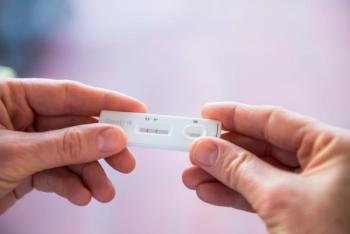
Partial livers: Good transplant option for infants
Deceased-donor partial liver transplantation now has outcomes in infants and small children that are comparable to those achieved with whole organ transplantation. Increased confidence in this procedure could increase the pediatric organ pool dramatically, thereby decreasing the high waitlist mortality of this age group.
Deceased-donor partial liver transplantation now has outcomes in infants and small children that are comparable to those achieved with whole organ transplantation. Increased confidence in this procedure could increase the pediatric organ pool dramatically, thereby decreasing the high waitlist mortality of this age group.
Researchers studied 2,679 first-time, deceased-donor recipients under the age of 2 years receiving a liver alone. Approximately half of the participants received partial livers, while the other half received whole organs. The investigators also looked at 3 time periods to see how the risks associated with the 2 different types of grafts changed over time.
Their
The option is an important one given that so few whole livers of the correct size become available for this population. According to the investigators, infants and young children awaiting liver transplantation have the highest waitlist mortality of all transplant candidates.
For more information, visit the
Newsletter
Access practical, evidence-based guidance to support better care for our youngest patients. Join our email list for the latest clinical updates.














